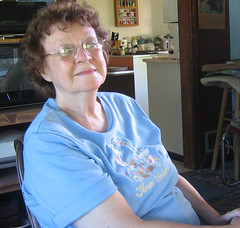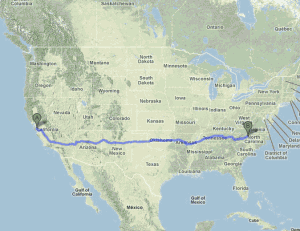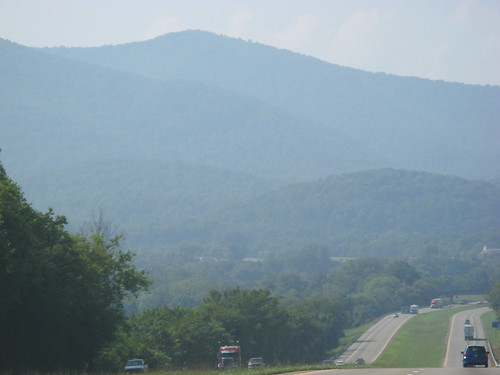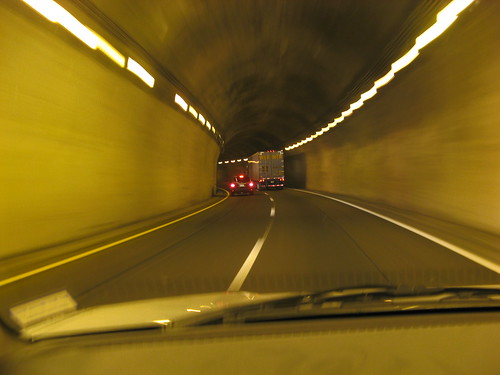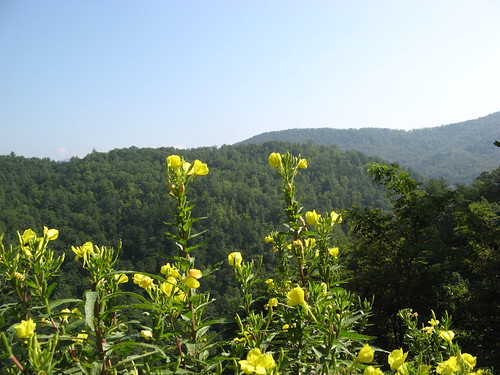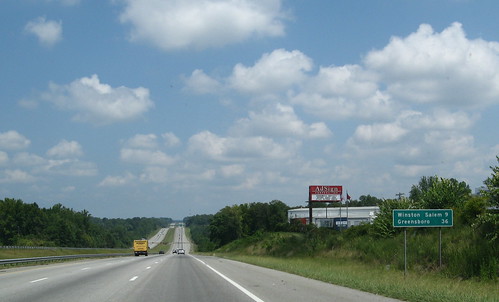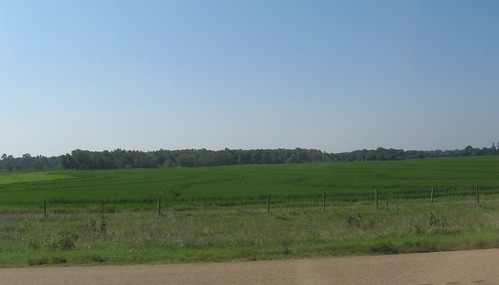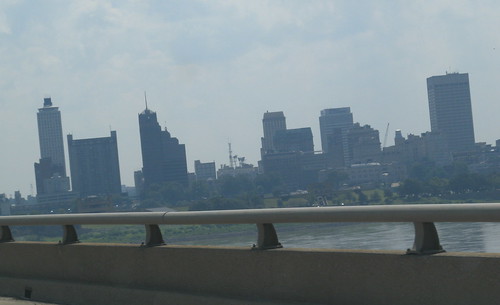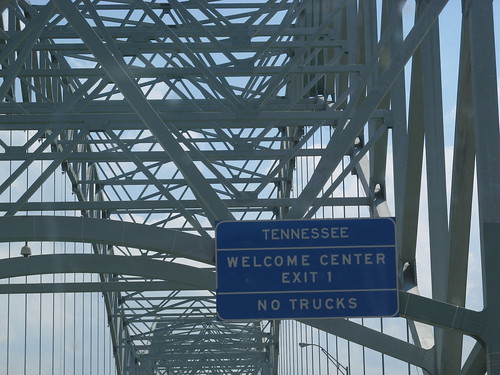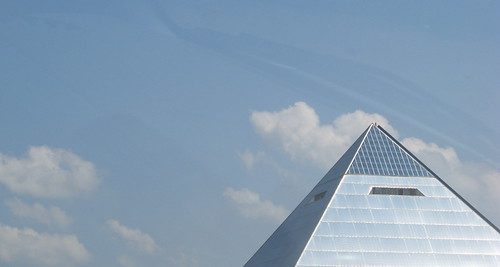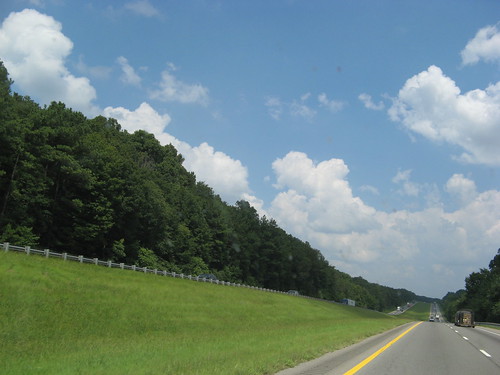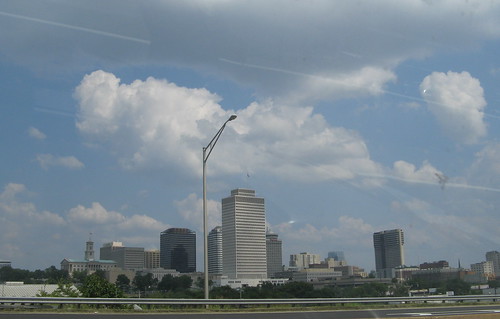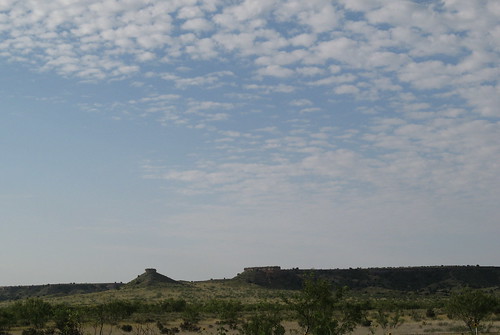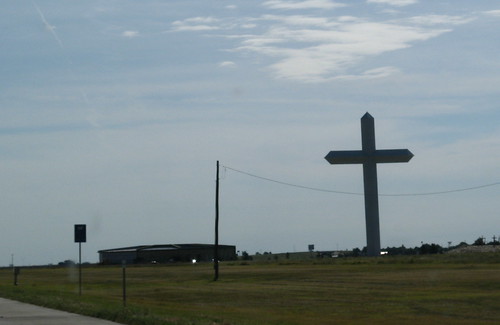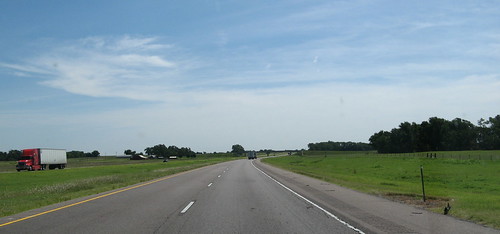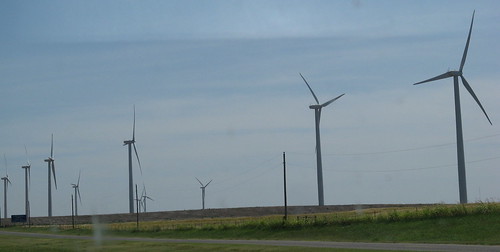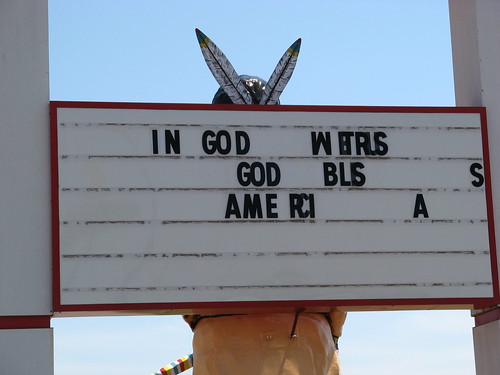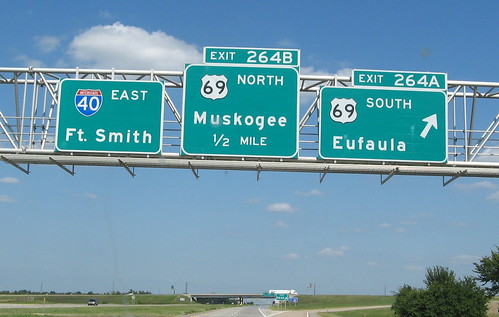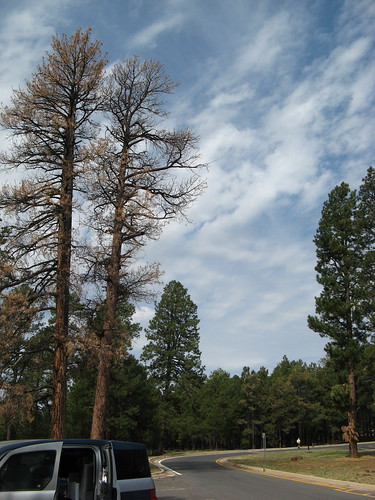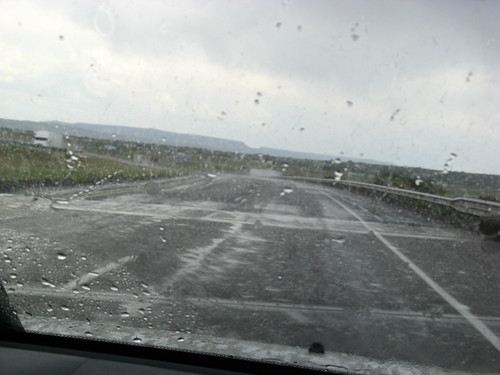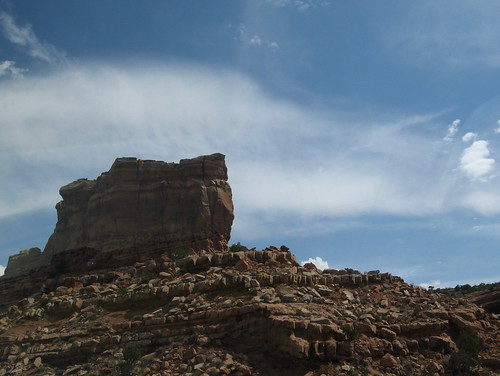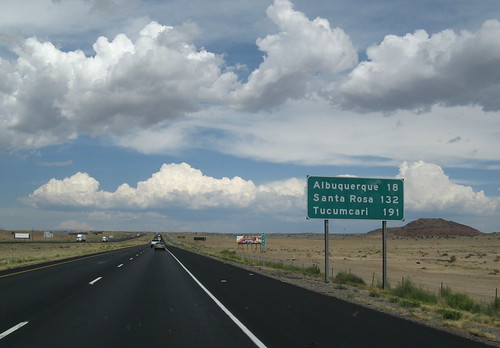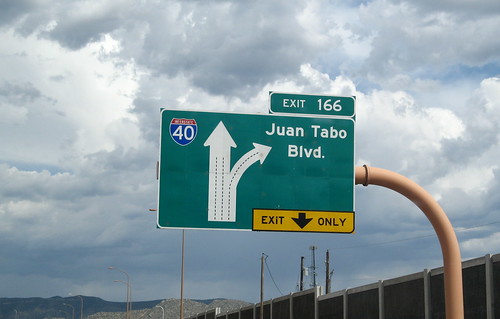(I wrote this as a Christmas gift for Melissa. It was inspired by moment when we were packing our things in California and my darling wife held a rolling pin aloft just before stowing it and said “you know where I’d like to shove this” and I knew exactly what she had in mind and where she wanted to put it. I thought I might add more chapters but if I don’t get inspired, this little ditty stands on its own).
…
“… And I turned 21 in prison doing life without parole…”
It was their song, Merle Haggard’s classic account of an angelic mother and her demonic son who rewarded her goodness with shame and scandal. Neighbors of a shabby studio apartment on the seedy edge of Hickory, North Carolina, knew every syllable by heart. The guy in 228-J played it at 10:13 every Thursday night for the past 13 years, four months and 21 days.
“… no one could turn me right but Mama tried…” she heard through the apartment’s thin door. A wave of warmth pushed back the Christmas Eve chill.
She was the Rolling Pin Killer, and she was on the lam. She was right where the authorities would look for her first, the filthy warren of her soulmate, a failed newspaperman who devoted his every waking hour to securing her release from the Joliet Prison for Women.
She couldn’t remember ever being this excited as she began to rap upon the door, but remembered to pause till 15 seconds after the last guitar chord faded. The time he threw the landlord’s puppy through a plate-glass window for interrupting their song became the stuff of legend once the tabloids got ahold of it.
It took two sets of hard knocks before she heard him picking his way through his personal junkyard on the way to the door. She stepped aside as a plume of dust poured from the opening apartment door. He didn’t get out much.
“Honey, it’s me!” she cried, jumping toward the doorway and crashing into his sunken chest.
Can’t be a dream, he thought. I haven’t slept in five days. CNN was running updates on her cunning jailbreak every 12 minutes. He’d watched it all. They knew about as much as he did, but unlike him they had 24 hours of airtime to fill.
“Wow, she’s really bulked up inside,” he thought as her muscled arms nearly squeezed his breath away. Reflexively, he threw a hand between their lips, knowing her reunion kiss would drain his last ounce of sanity.
“Aggie, what are you doing here?” he demanded with his first strong breath. “For God’s sake, the Supreme Court is hearing your case on Tuesday.”
Agnes Butterfly was the name on her birth certificate, but everybody knew her as Aggie. Her conviction in the diabolical slayings of 17 corporate executives (each one felled by a fatally impacted bowel) had transfixed the nation.
Two trials and four appeals could not sway the U.S. justice system from its insistence that she was the Rolling Pin Killer. As far as he was concerned, though, the case was all circumstantial and ripe for appeals. After all, the one person she did vow to violate with a rolling pin was very much alive.
He updated his blog, AggieWasFramed.com, 17 times a day with fresh allegations of judicial missteps and police wrongdoing. He threw all the revenue from the site’s 17 million hits a day into Aggie’s defense fund, but $314.42 a week didn’t buy much legal advice.
But in classic Hollywood style, a determined gaggle of law students took on her case and smothered the justice system with every imaginable legal ploy, and many previously unimagined. It all paid off six weeks ago, when the U.S. Supreme Court agreed to take on her case. What on earth, could have pushed her to this, he wondered as his breathing returned.
“It’s Mom,” Aggie blurted. “She knows everything and we have to stop her.”
(To be continued if I get inspired… suggestions for further chapters welcome.)
